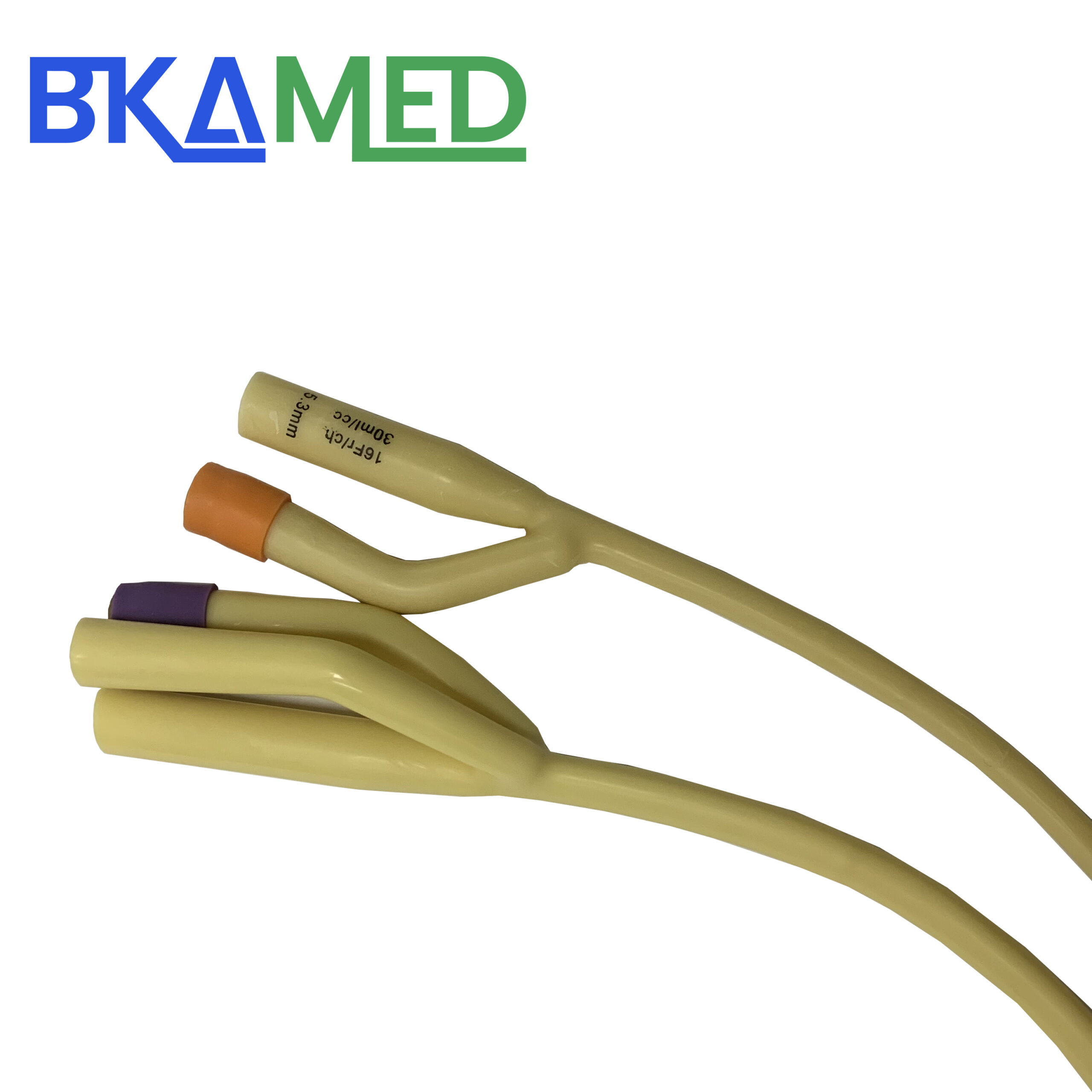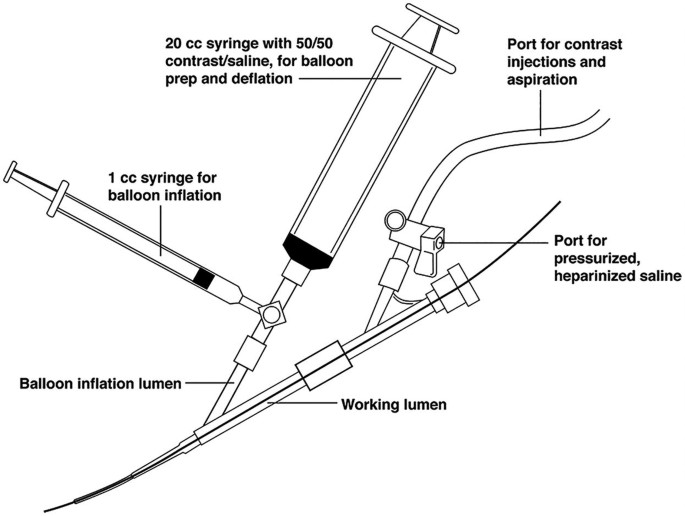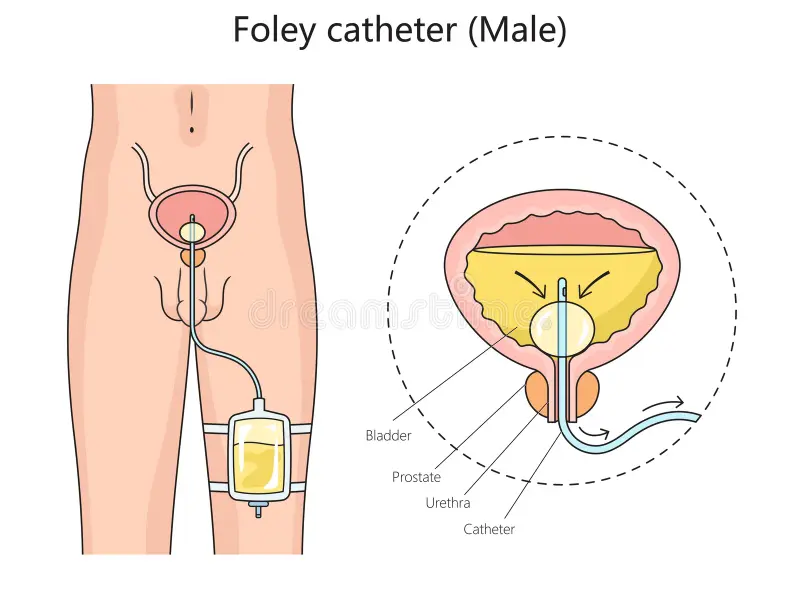Dealing with a non-deflating Foley catheter balloon can be a particularly stressful event in any healthcare setting. It is an uncommon, yet critical occurrence that every nurse or healthcare practitioner should be prepared for. This technical issue essentially involves the balloon of a Foley catheter not deflating as it should, potentially leading to patient discomfort and other numerous complications if not dealt with promptly and effectively.
The Foley catheter, mainly used in the medical field for urinary drainage, has a balloon attachment designed to hold the catheter in position within the bladder. The balloon is inflated and deflated through an inflation/deflation valve using a sterile syringe, but there are instances where it might fail to deflate. This could be due to a variety of reasons such as an obstruction or blockage within the catheter, balloon or valve component damage, incorrect inflation, or mechanical failure.

When facing such a predicament, the first approach is always to attempt reseating the syringe into the inflation/deflation valve of the catheter. This involves removing the existing syringe and gently reinserting it, making sure to lightly twist to engage with the deflation valve. Also, ensure you are using a syringe that can establish a perfect fit, minimizing the chances of any leaks.
Nurses also need to review the patient’s positioning. An inappropriate body position could cause the balloon to engage with the bladder wall. Repositioning the patient, therefore, could potentially be a simple fix to the problem, allowing the device to deflate.

Despite these measures, there are times when the balloon may still refuse to deflate, necessitating a bit more intervention. Slow, gentle aspiration on the syringe might help. This technique aims to create a vacuum in the catheter, helping dislodge any obstructions or sediment that may have caused the catheter balloon to become unresponsive.
Should the balloon refuse to respond to the above techniques, resorting to instilling sterile water into the inflation/deflation valve might be the next step. The use of only 1-2 ml of sterile water followed by a passive deflation technique can sometimes resolve the issue.
If the balloon continues to defy all these attempts at deflation, it may require cutting the inflation/deflation valve port. Some healthcare providers take a step further to cut the catheter above the “Y” connection valve if the balloon isn’t responding. However, such approaches should be done with great care and only if one is comfortable carrying out these steps.

After all these, if the balloon remains inflated, the situation may need the expertise of a trained urologist. Following the hospital’s protocol and referring the case to a urologist ensures the decisions made do not compromise patient safety.
Understanding the causes behind a Foley catheter balloon that refuses to deflate is crucial in preventing such instances. These can span from using the wrong medium like normal saline for inflating the balloon, clamping the catheter incorrectly during a procedure, underinflating the balloon, to the seemingly inconsequential presence of a kink in the catheter lines.
Appropriately managing Foley catheters and understanding potential complications can go a long way in providing quality care. Despite being an uncommon event, being prepared for deflation issues can save much time, frustration, and prevent potential harm. Proper training on the installation, use, and troubleshooting of Foley catheters is thus crucial for any caregiver in the healthcare industry.

